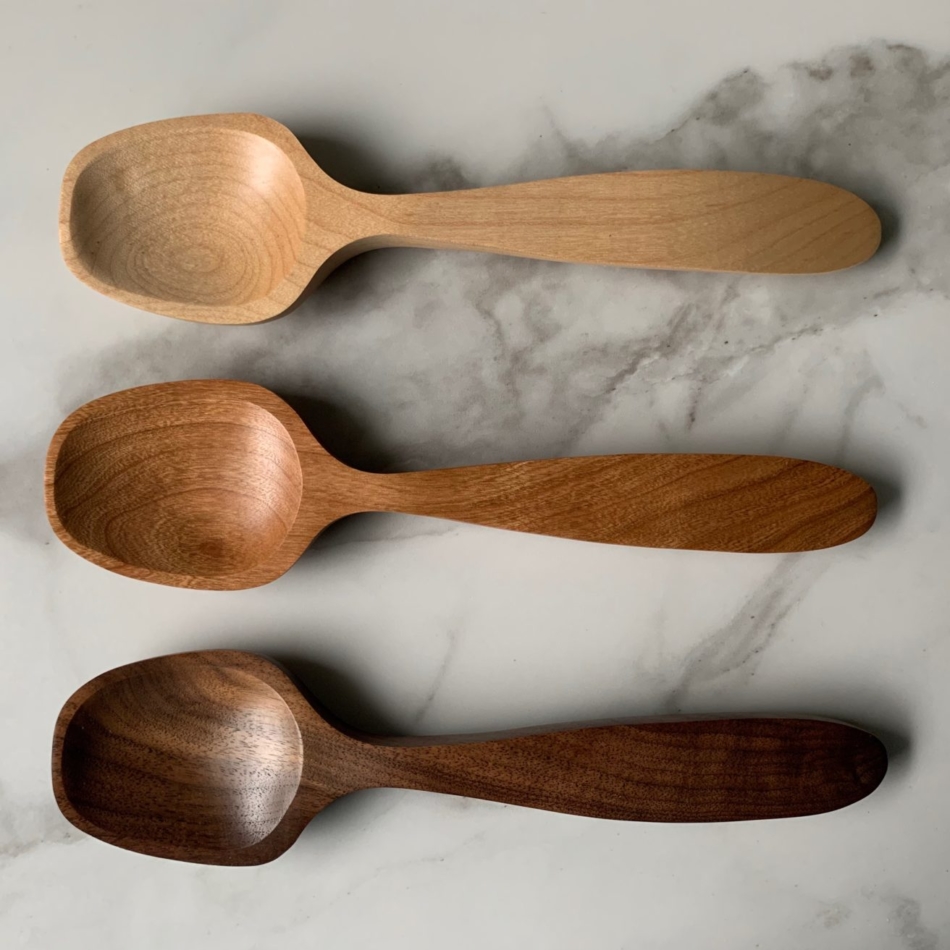 blog.softwaretoolbox.com
blog.softwaretoolbox.com Introduction: Building a Simple Wooden Birdhouse This guide will walk you through building a simple, yet charming, wooden birdhouse. It's a great project for beginners and can be completed in an afternoon. You'll need basic woodworking tools and some reclaimed or inexpensive wood. Not only will you create a haven for local birds, but you'll also gain valuable woodworking skills.
Materials Needed Wood: Pine, cedar, or any suitable scrap wood (approximately 1' x 2' minimum) Wood glue Nails or screws (1" to 1.5" long) Sandpaper (various grits: 80, 120, 220) Exterior paint or wood stain (optional)
Tools Needed Saw (hand saw, circular saw, or jigsaw) Drill (with drill bits for pilot holes and screw size) Measuring tape Pencil Square Hammer or screwdriver Clamps (optional, but helpful) Safety glasses
Step 1: Cutting the Wood Pieces First, cut the wood pieces according to the following dimensions. These are just guidelines; feel free to adjust them to your desired birdhouse size. Remember to always wear safety glasses while cutting. Front: 6" wide x 8" tall Back: 6" wide x 10" tall Sides (2 pieces): 6" wide x 8" tall (tapered down to 6" on one side) Bottom: 6" wide x 6" deep Roof (2 pieces): 6" wide x 8" deep
Step 2: Assembling the Sides Begin by attaching the side pieces to the bottom piece. Apply wood glue to the edges of the bottom piece and clamp the side pieces in place. Ensure the tapered edge of the side pieces is towards the top. Drill pilot holes and then secure the sides to the bottom using nails or screws. Let the glue dry according to the manufacturer's instructions.
Step 3: Attaching the Front and Back Next, attach the front and back pieces. Apply wood glue to the edges of the assembled sides and bottom. Position the front and back pieces, ensuring they are flush with the bottom and sides. Clamp in place, drill pilot holes, and secure with nails or screws. The taller back piece should extend slightly above the sides to create a slope for the roof. Let the glue dry.
Step 4: Creating the Entrance Hole Drill an entrance hole in the front piece. The size of the hole will depend on the type of birds you want to attract. A 1.5" diameter hole is suitable for most common backyard birds. Position the hole about 2" to 3" from the top of the front piece. Use a drill bit or a hole saw attachment.
Step 5: Adding the Roof Attach the roof pieces. Apply wood glue to the top edges of the sides, front, and back. Position the roof pieces, ensuring they overhang slightly on all sides. Clamp in place, drill pilot holes, and secure with nails or screws. The overhanging roof will provide protection from the rain. Let the glue dry.
Step 6: Sanding and Finishing Once the glue is completely dry, sand all the surfaces of the birdhouse. Start with 80-grit sandpaper to remove any rough edges or imperfections, then move to 120-grit and finally 220-grit for a smooth finish. Wipe away any sanding dust with a clean cloth.
Step 7: Painting or Staining (Optional) If desired, paint or stain the birdhouse with exterior-grade paint or stain. This will protect the wood from the elements and give your birdhouse a finished look. Apply multiple coats, allowing each coat to dry completely before applying the next. Be sure the paint is non-toxic and safe for birds. Avoid painting the inside of the birdhouse.
Step 8: Mounting the Birdhouse Choose a suitable location for your birdhouse. Mount it on a pole, a tree, or the side of a building. Ensure the birdhouse is securely attached and protected from strong winds and predators. Consider facing the entrance away from prevailing winds and direct sunlight.
Conclusion: Enjoy Your Birdhouse! Congratulations! You have successfully built a simple wooden birdhouse. Now, place it in a suitable location and watch as your local birds take up residence. Regularly clean the birdhouse once a year (usually in late winter) to ensure a healthy environment for the birds. This simple project provides shelter for wildlife and adds charm to your garden or yard.
Staples Easy Button Gif
 ar.inspiredpencil.com
ar.inspiredpencil.com Configuring A Tunneler Should Be Quick And Easy
 blog.softwaretoolbox.com
blog.softwaretoolbox.com Digital Signage In The Workplace: Easy To Install Doesn't Mean Easy To Use
 www.digitalsignagetoday.com
www.digitalsignagetoday.com  ar.inspiredpencil.com
ar.inspiredpencil.com  storage.googleapis.com
storage.googleapis.com  fity.club
fity.club  www.shutterstock.com ```html
www.shutterstock.com ```html  www.alamy.com
www.alamy.com  nativecamp.net
nativecamp.net  www.grainger.com
www.grainger.com  4hab.com
4hab.com  www.familyhandyman.com
www.familyhandyman.com  www.fencesvirginiabeach.com ```html
www.fencesvirginiabeach.com ```html /White-Vinyl-Fence-Gregory-Horne-175537176-56a4a1265f9b58b7d0d7e5ab.jpg) www.thespruce.com
www.thespruce.com  www.fencemastersinc.com
www.fencemastersinc.com  fity.club
fity.club  stock.adobe.com
stock.adobe.com  wallpapercave.com
wallpapercave.com  www.gospelspice.com ```html
www.gospelspice.com ```html  buildbookbuzz.com
buildbookbuzz.com  moogold.com
moogold.com  www.photos-public-domain.com ```html
www.photos-public-domain.com ```html  amforest.org
amforest.org  southlandrealtors.com
southlandrealtors.com  woodworking-1.blogspot.com ```html
woodworking-1.blogspot.com ```html  woodworking-1.blogspot.com
woodworking-1.blogspot.com  theporchswingcompany.com
theporchswingcompany.com  theporchswingcompany.com
theporchswingcompany.com  www.fifthroom.com
www.fifthroom.com  pix4free.org ```html
pix4free.org ```html  pngimg.com
pngimg.com  pngimg.com
pngimg.com 
